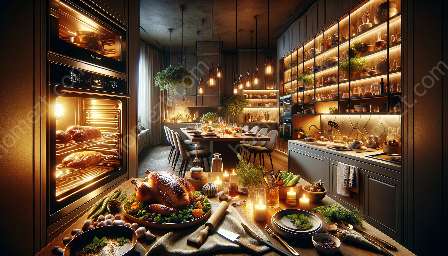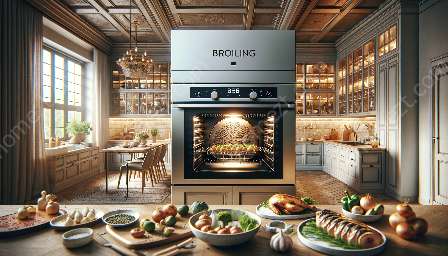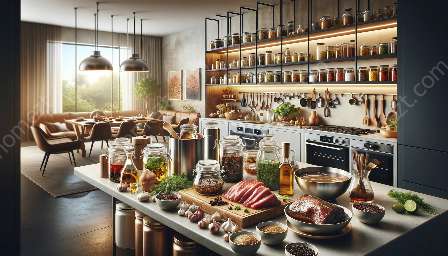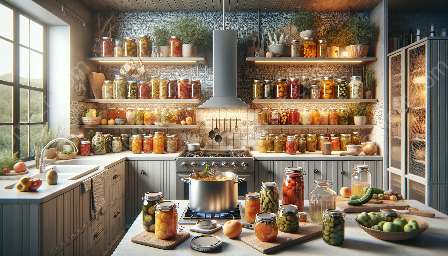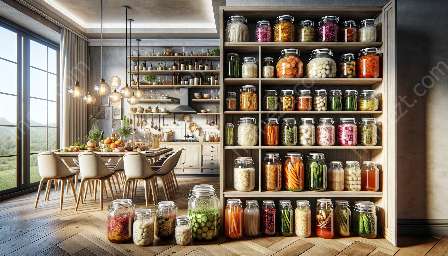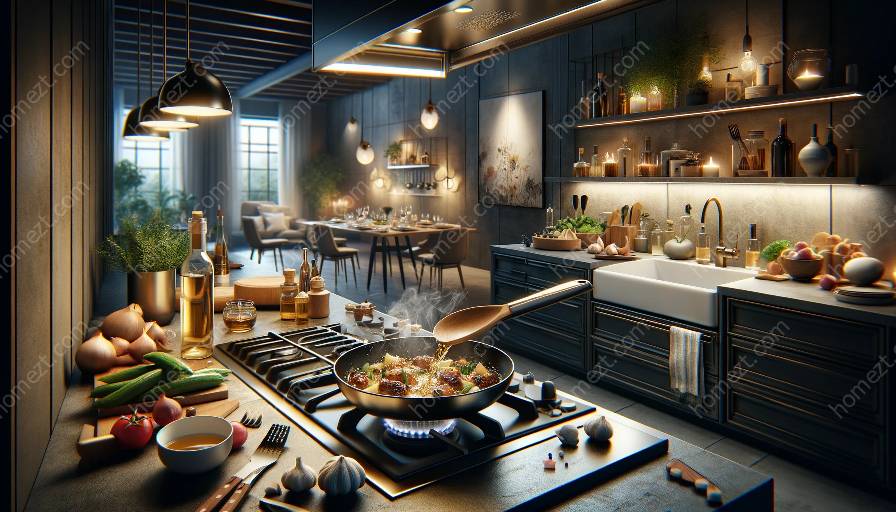Deglazing is a fundamental cooking technique that involves adding liquid to a hot pan to lift and dissolve the flavorful browned bits of food that stick to the bottom. This process not only enhances the taste and visual appeal of dishes but also plays a crucial role in creating delicious sauces and gravies.
Importance of Deglazing
When meat, poultry, or vegetables are cooked in a pan, caramelized residue forms at the bottom. Deglazing allows you to incorporate these flavorful tidbits into your dish, adding depth and complexity to the final flavor profile. The resulting liquid can be used to create sauces that complement the main course.
How to Deglaze Like a Pro
When deglazing, it's essential to use the right liquid, such as stock, wine, or vinegar, to match the flavor profile of the dish. Once the liquid is added, it's crucial to scrape the bottom of the pan with a wooden spoon to release the browned bits. The process should be performed over medium-high heat, allowing the liquid to reduce and intensify in flavor.
Deglazing in Action
Imagine searing a fillet of salmon in a hot skillet until it develops a golden crust. After removing the salmon, you can deglaze the pan with white wine and then reduce the liquid to create a luscious sauce to drizzle over the fish. The marriage of savory pan drippings and the bright acidity of the wine elevates the entire dish.
Pairing Deglazing with Kitchen & Dining
Deglazing perfectly aligns with the art of fine cooking and presentation in the kitchen and dining. Its transformative effect can make a simple meal extraordinary, adding both flavor and visual appeal. Imagine serving a beautifully plated chicken breast accompanied by a rich, glossy pan sauce created through the deglazing process.





